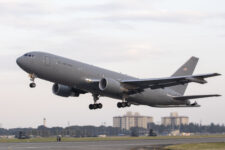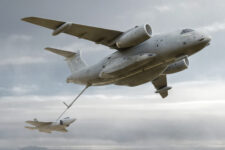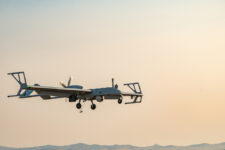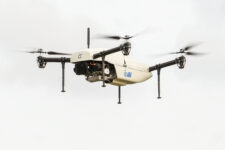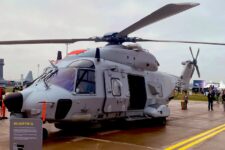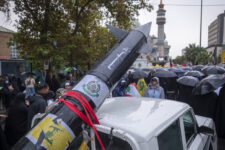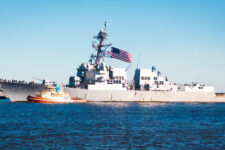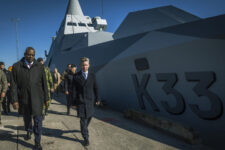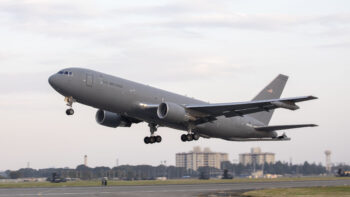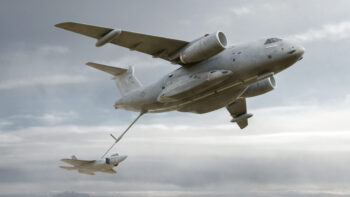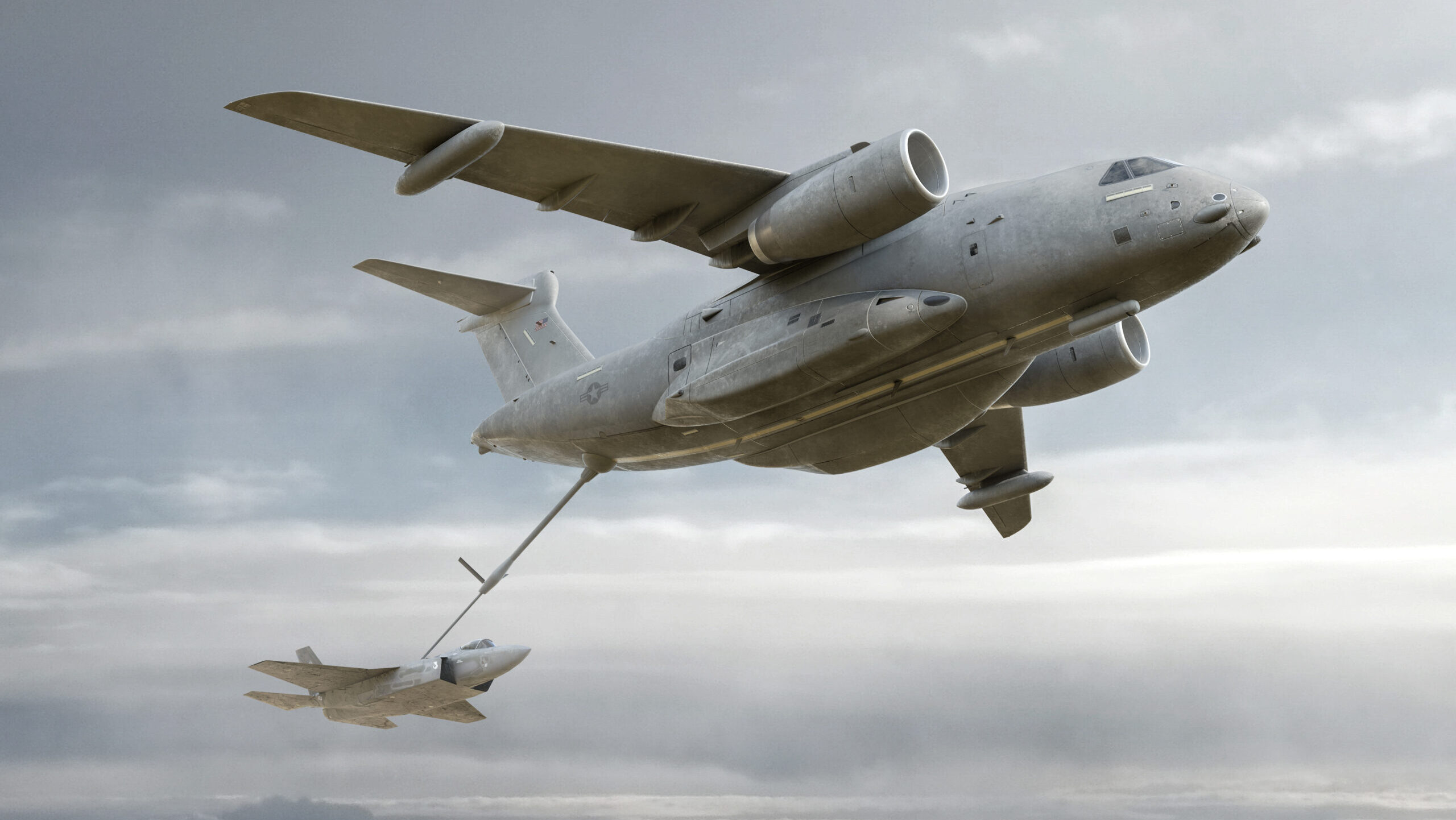
L3Harris previously partnered with Embraer on a US version of KC-390 tanker that would have added a refueling boom to the aircraft. (L3Harris)
WASHINGTON — A partnership between American defense contractor L3Harris and Brazil’s Embraer to bring the latter’s C-390 Millenium to the US market has fallen apart, the CEO of Embraer’s defense business told Breaking Defense.
“I think it’s fair to say that the L3 partnership is not there anymore for the agile tanker,” Bosco da Costa Jr. said in an interview. “They decided not to move on [it] because of other priorities.”
Unveiled in 2022 in a joint press briefing with Embraer CEO Francisco Gomes Neto and L3Harris CEO Chris Kubasik, the C-390 partnership envisioned L3Harris serving as the prime contractor for the program and providing US mission systems for the plane, including a purpose-built refueling boom that would recast the Millennium as an American KC-390.
Yet in the two years since, interest from L3Harris apparently waned, and the partnership has now expired.
“I think they [L3Harris] are very in favor of the [business] case, and they would like to play [as] a major supplier in this potential business, but I think considering other priorities that they have, they decided not to move and not to invest in this partnership,” da Costa said.
L3Harris declined to comment.
Nevertheless, Embraer “is completely serious” about its ambitions to become a major player in the US, whether that be as a “prime [contractor], to be together with other companies, and even [through] M&A [mergers and acquisitions],” according to da Costa. That includes potentially going it alone as a prime for an accelerated tanker program, labeled the Next Generation Air Refueling System (NGAS).
Embraer responded to a recent request for information on NGAS as a potential prime for the program, but the company is exploring “several other types of business structures” and is having conversations with several major US defense companies on partnership opportunities, da Costa said.
“We are looking for someone that could add value on our case, bring some capabilities that Embraer doesn’t have,” he said.
When the L3Harris partnership was announced, the Air Force was still pursuing a three-pronged refueling strategy known as KC-X, KC-Y and KC-Z. The service has now ditched that plan in favor of a potential limited buy of off-the-shelf tankers to replace aging KC-135s, which would then be followed by the NGAS tanker.
RELATED: Air Force’s interim tanker buy in limbo as service mulls next-gen refueler timeline
The limited buy, dubbed the KC-135 Tanker Recapitalization program, has largely been viewed as a dogfight between Boeing and Airbus. But the Air Force’s shifting tanker plans have opened up an opportunity for Embraer as well in the near-term, according to Frederico Lemos, the company’s defense chief commercial officer.
“We are looking at the recap program,” Lemos said. “And we believe that there might be a space also in the recap.”
The C-390 “is a highly capable multi-role aircraft,” Tim Walton, a senior fellow at the Hudson Institute, said in an interview with Breaking Defense. Still, Walton noted that the aircraft would have to overcome some challenges to win over the US Air Force.
On the airlift side, Walton said the Millennium would have to contend with the incumbency of the C-130J built by Lockheed Martin, which enjoys advantages like existing infrastructure and training pipelines. And on the refueling side, the C-390 has a “relatively low fuel capacity compared to a KC-46 or many other NGAS options,” while also having a larger radar signature compared to other potential NGAS candidates, he said.
“For the Air Force to consider the C-390 or KC-390 for the KC-135 Tanker Recapitalization Program, it would likely need to revise the performance parameters it is pursuing,” Walton observed. Despite the aircraft’s considerable multi-role capabilities, “I do not think it would offload enough fuel at relevant radii to meet desired performance parameters.
Still, Walton sees options for Embraer as it markets the C-390 in the US: “That said, the C-390 could address niche mobility missions and complement the Air Force’s C-130s and C-17s,” he added.
Embraer already has a significant US presence, with da Costa noting the C-390 is already compliant with the Buy America Act. But the company is looking to expand its US footprint, including by looking to establish a stateside final assembly line for the airlifter, according to da Costa.
For the KC-135 recap and NGAS, da Costa emphasized that Embraer is positioning the C-390 to be ready as soon as the US would need it. That includes drawing up plans to outfit the Millennium with a boom, which he said has shown to be “feasible” based on Embraer’s studies, though he said no production on a boom system has begun.
“What we are trying to fill is a gap that the US Air Force has now with a plane that it’s ready,” da Costa said. “So that’s what we are trying to pitch, in a sense, to fill the gap now. To add capabilities now.”
